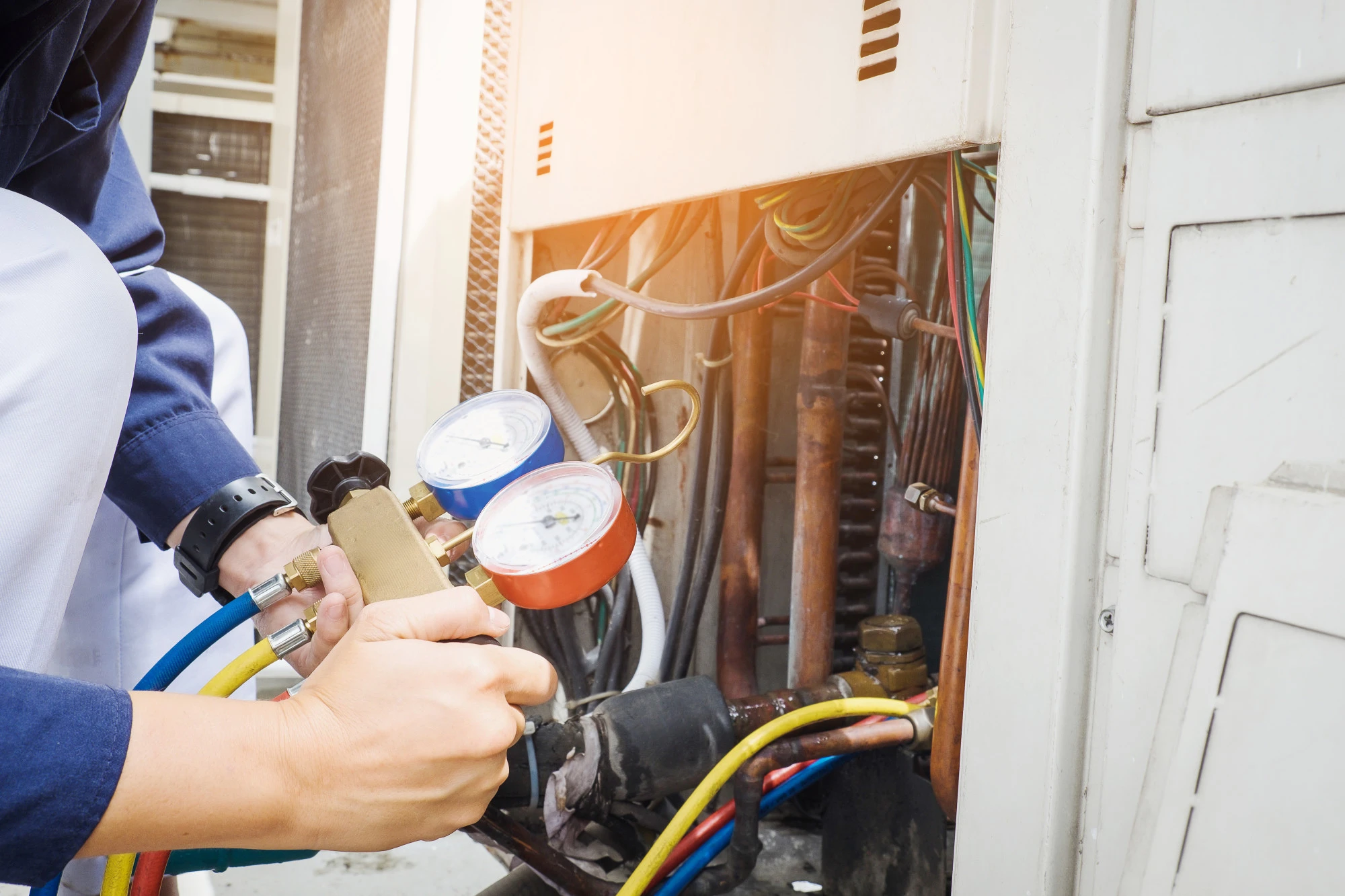Common AC Installation Mistakes and How to Avoid Them

Are you looking to install a new air conditioner? Thinking about doing it yourself? If so, you should know that it's tougher than it looks.
But you might be wondering: how tough?
The best way to answer that question is by discussing some of the many mistakes that can be made while installing an AC. So, without further ado, here are 7 common AC installation mistakes and how to avoid them.
1. Choosing a Wrongly sized AC Unit
Perhaps the most common AC installation mistake is choosing a wrongly-sized AC unit. In doing so, you can create substantial energy efficiency issues and might even be subject to short cycling.
Before choosing an AC unit, you need to make sure that it's big enough to accommodate your home but not too big either. To do this, you're advised to make use of a BTU calculator. Enter the dimensions of the rooms in your home and see how many BTUs it will require.
Then, seek out an air conditioner that's designed to produce that number of BTUs. If you need help, call up your local air conditioning company. They'll be able to measure your home and find an appropriate unit for you.
2. Incorrectly Positioning the Thermostat
You might not realize it, but thermostats have to be positioned strategically. If they're not put in the right positions, temperature inconsistencies can arise, and air conditioners can fail to perform their functions as needed.
First and foremost, you need to make sure to keep your thermostat out of sunlight. Sunlight can trigger temperature inaccuracies, causing your AC to produce incorrect temperatures throughout your home.
You'll also want to keep your thermostat away from windows and doors. Wind drafts could trick your AC into thinking that it's colder or warmer than it really is. This, again, would result in temperature inaccuracies.
Generally speaking, it's best to place thermostats in hallways or corridors, as they're relatively secluded areas.
3. Incorrectly Positioning the AC Unit
Just as the thermostat can be positioned incorrectly, so too can the AC unit. If the AC unit is placed in a bad spot, energy efficiency and functionality issues will arise.
So, where do you place it? It should be in a relatively shaded area where it is scarcely exposed to direct sunlight. Many AC condensers are set under the awnings of their corresponding homes for this very reason.
At the same time, you want there to be plenty of clearance around the unit. So, make sure that there are at least 5 feet between the unit and any hedges, trees, or yard ornaments. If you fail to leave proper clearance, the unit will have to work harder and will therefore use more energy and cost you more money.
4. Improperly Insulating the Refrigerant Line
In order for an AC to run, it makes use of a liquid-gas called refrigerant. Refrigerant runs from the condenser to the AC's interior unit through a line known as the refrigerant line. This line is exposed to the elements, and, therefore, must be insulated.
The problem is that, when DIYers install refrigerant lines, they often fail to insulate them as needed. This results in energy efficiency issues and places undue strain on the AC.
So, how do you insulate a refrigerant line properly? It's as simple as clicking this link and following the directions.
Do you still need help getting the job done? Give a call to your local air conditioning company.
5. Wrongly Positioning Your Vents
If you're installing a central AC system, you also might be installing a duct system. And if you're installing a duct system, you're surely installing vents. What you might not realize, however, is that the placement of these vents can be vital.
See, if you place your vents in the wrong areas, you can negatively impact the ways in which you can arrange furniture in your home. For instance, if you place a vent on the ground, you would eliminate your ability to place a chair in that same area. After all, vents can't be covered up.
As such, when planning your installation, you need to draw up your plans carefully. Ideally, you'll mount vents to the tops of your walls. This way, there's no legitimate manner in which they'll encroach on other items in your home.
6. Failing to Check for Refrigerant Leaks
As we've noted, the refrigerant is the lifeblood of the AC system. So, if the refrigerant were to spill out of the AC, the AC would fail to function as needed.
Unfortunately, AC installations can be a little messy. And on many occasions, this can lead to small leaks and punctures. For this reason, once you've installed your system, you need to inspect for these leaks.
If you aren't able to do this yourself, you should bring in a professional HVAC company. Should a leak present itself, your system could suffer severe efficiency issues. This could cost you substantial money over time.
7. Going in With No Experience
Installing an AC unit is not a simple task. There is a great deal involved in it. If you mess up even one aspect of the installation, you could end up facing serious problems down the road.
For this reason, unless you've had some experience with installing an AC in the past, you should avoid the endeavor altogether. Going into this project with no experience is bound to blow up in your face and cost you a substantial amount of money in the process.
Leave it to the professionals. You'll receive the installation you're truly looking for and will likely receive a warranty as well.
Leave These AC Installation Mistakes in the Dust
AC installation mistakes can be costly, both in terms of money and in terms of functionality. As such, they're best left in the dust.
Need help avoiding these mistakes? If so and if you're in the Austin area, we here at Aire Serv have you covered.
Contact us now to schedule an appointment!
 Click to call
Click to call


